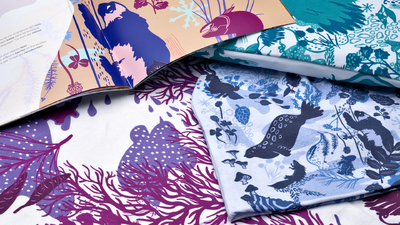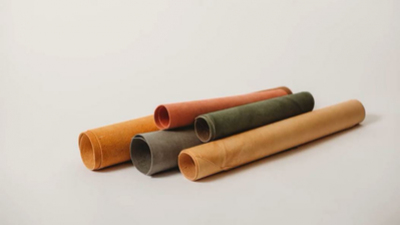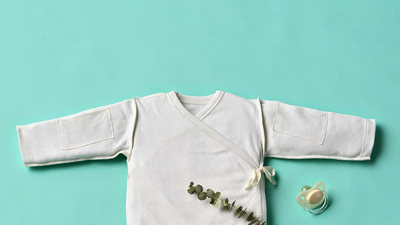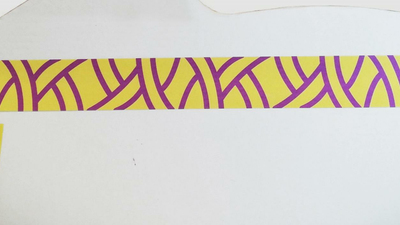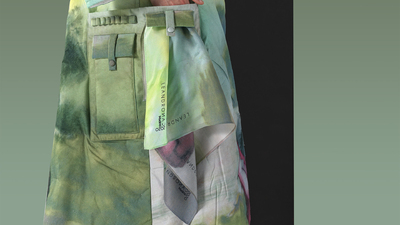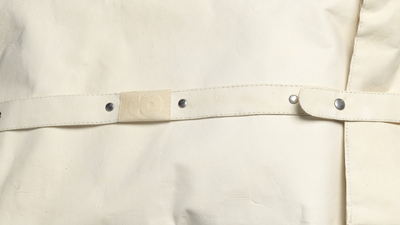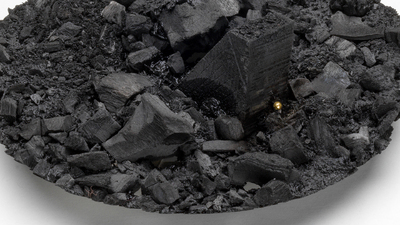TTorch
The idea of TTorch was born when Barbro Scholz, a Hamburg-based textile designer and research assistant at the University in Hamburg, asked Paula Veske, Estonian-born PhD researcher on electronic textiles at Ghent University, to create together a soft e-textile torch for children developed with sustainability in mind. After one Skype meeting, both were so excited that it couldn’t be contained.
“We were really interested in our main audience: kids from age 4-8. In the end, we had two main goals: to entertain and to create interest in engineering in young children.
The challenge was not to make a regular toy but increase the added value by allowing several ways to use it. To do so, we decided to build on the concept of STEAM (science, technology, engineering, art, and mathematics). To compel our audience, we understood that storytelling and creating a character was essential. Ergo, octopus Jeffy and its under-the-sea themed blanket with conductive parts and LEDs was born.
Playing with Jeffy and understanding his environment encourages children to play and discover it alone and also to include others, for example (grand)parents, siblings, friends…. Achieving one of our goals, which was also to bring families and friends closer together and explore each other's interests, strengths, and imagination.
Our creative process was smooth and rough at the same time. Although our backgrounds in design and textiles are similar, the main difference was that Paula had always worked on the engineering side and Barbro on the artistic and design side. Creating a mutual understanding while being in and from different countries already created some barriers. A designer and an engineer often want to make the same thing but in a different way. So, keeping an open mind in every step was essential. Clear example occurred during the last prototyping session. From an engineering perspective, one of our ideas seemed too complicated to realize. But by putting biases aside, the sample was still made and ended up being the final prototype we are both enthusiastic about.
Throughout the design process, we achieved great efficiency of sample development. Since we were only two partners, making changes and new designs took weeks, not months. In the end, we had three main prototype and design phases.
Still, working with e-textiles usually brings problems, both in electronics and textiles. So we were also faced with questions regarding how materials function together, and how the process could be scaled up. We solved those challenges solved thanks to the knowledge on design, production, and industry we built up throughout our educations and careers and by taking the initiative to discuss those issues in the earliest possible stages of development.
Our collaboration brought out the strong sides in both of us and benefitted the project nicely. We had a great working atmosphere, respectful and funny.
In the future, we plan to look for a strategic partner who is already active in the field of toys and more specifically - educational toys. We want to expand and share our idea. We think well developed e-textiles toys have a great potential in the market, in terms of entertaining as well as educating and even in therapy.
We truly believe collaborations bring innovation and out-of-the-box thinking since you need to step out of your box to do it. Best results come in the interdisciplinary teams!”











